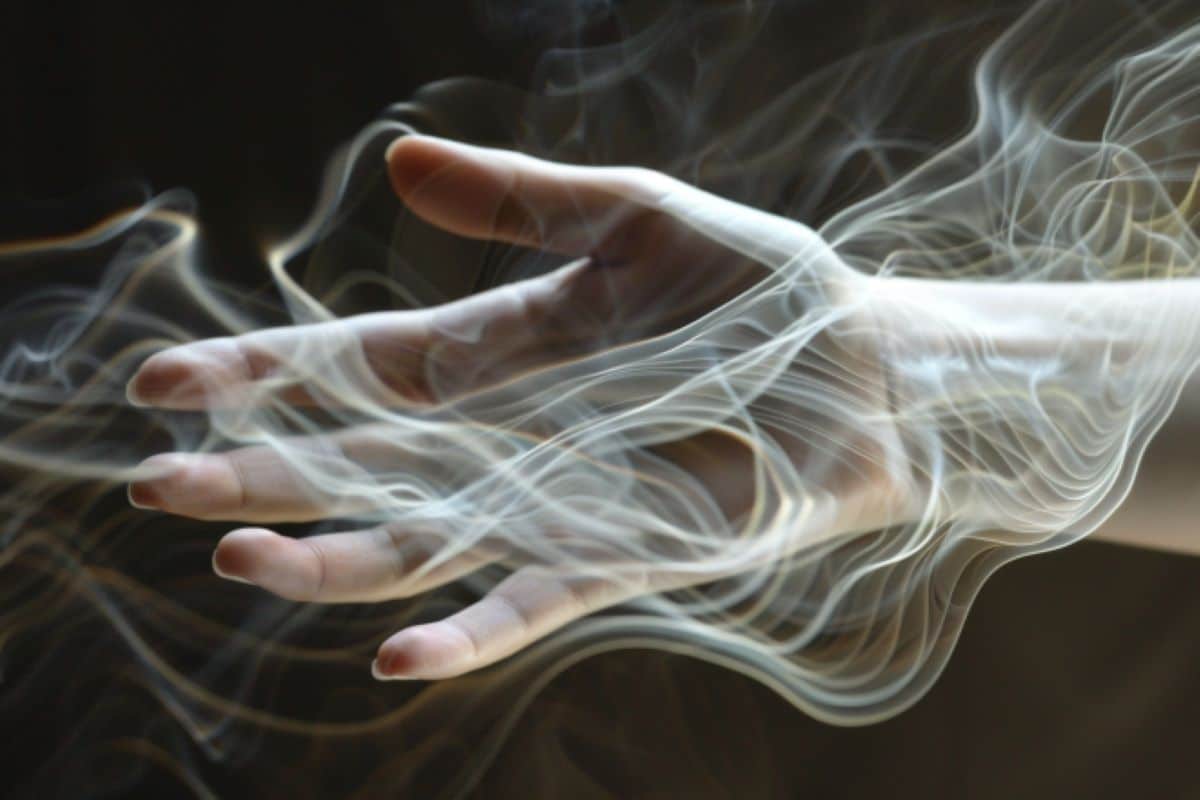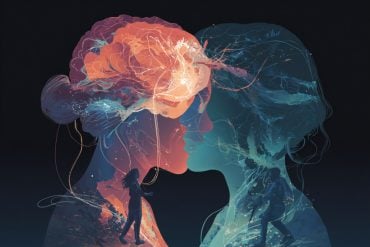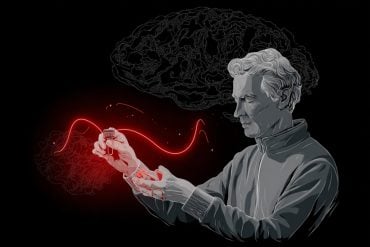Summary: Researchers discovered the minimal distance required for a vibrating point to create a phantom sensation of movement on the skin. By placing two vibrotactile actuators on different skin locations, they demonstrated that people could feel an illusory moving point between them.
This breakthrough has potential applications in virtual reality, haptic technology, and assistive devices for the visually impaired.
Key Facts:
- Phantom Sensation: Illusory touch created by vibrotactile actuators on the skin.
- Minimal Distance: The vibrating point must travel at least 20% of the actuator separation.
- Applications: Potential uses in virtual reality, haptic vests, and assistive touch screens.
Source: University of Malaga
Can people feel through the sense of touch in the absence of a real tactile stimulation? In other words, can we feel the sensation of being touched when in reality we are not?
This is what is known as “phantom sensation”, which occurs when the nervous system perceives a tactile illusion that does not correspond to an authentic physical stimulus, that is, it does not exist.
The term, according to researchers from the group “Electronics for Instrumentation and Systems” of the UMA, appeared a few decades ago. However, thanks to their work, it has been possible to determine, for the first time, the minimum distance a vibrating point must travel for this moving phantom sensation to be perceived.

The results of this research have been published in the scientific journal Displays.
One of the authors of this research, the Professor of the Department of Electronics Andrés Trujillo, points out that the illusion of motion occurs when we place two vibrating devices –known as vibrotactile actuators– in two different locations on the skin.
“With proper stimulation, an individual, instead of perceiving two isolated vibrations, can experience the feeling that there is a vibrating point moving between these two devices, although this point does not really exist, it is illusory,” he explains.
According to this engineer, thanks to the experiments carried out at the UMA, they have managed to modify the configuration parameters of the “phantom sensation” that have been used until now. “We have developed an instruction manual to know the operating limits of this tactile illusion”, explains Trujillo.
Thus, the engineers of the University of Malaga have established that, on average, individuals are able to perceive the illusion of phantom motion of an illusory vibrating point when the traveled distance is at least 20 percent of the separation between the actuators.
Potential applications
Implementing tactile illusions in virtual or augmented reality is one of its potential applications, the main advantage being that its use would allow to create moving sensations only with a couple of actuators.
“The conventional application would be to place a series of actuators, not just two, and systematically switch them on and off to create the feeling of movement,” says Trujillo, adding that, therefore, this finding translates into the development of cost-effective, lighter and higher resolution devices.
Its use in haptic vests, video games, touch screens for blind people or concerts, for example, are other applications of these phantom or apparent motion, which provides users with realism and new sensations.
About this sensory neuroscience research news
Author: María Guerrero
Source: University of Malaga
Contact: María Guerrero – University of Malaga
Image: The image is credited to Neuroscience News
Original Research: Open access.
“Phantom sensation: Threshold and quality indicators of a tactile illusion of motion” by Andrés Trujillo et al. Displays
Abstract
Phantom sensation: Threshold and quality indicators of a tactile illusion of motion
Utilizing a randomized, blind, controlled experiment, and the ascending method of limits, we determined the minimum amplitude of motion at which individuals perceive a tactile illusion called moving phantom sensation, the perceived level of clarity and continuity of motion.
Implementing tactile illusions in virtual/augmented reality, sensory substitution systems, and other human–computer interaction technologies results in interfaces with improved resolution, using two vibrating actuators only.
The actuators are attached to the skin in different locations to render a moving phantom sensation. The intensity of vibrations increases in one actuator while decreases in the other according to the envelope of the voltage supply signals.
This intensity variation creates the illusion of a vibrating point moving between the actuators. We gradually increased the amplitude of motion until the participant reported perceiving the illusion, for eight values of duration of the stimulus from 0.1 to 6.0 s.
Participants perceived the illusion at a minimum amplitude of motion of 20%; being 100% the motion from one actuator to the other. The median level of clarity of the perceived illusion at the minimum amplitude of motion was 2 (not so clear).
Finally, we found a positive correlation between duration and continuity of motion.






